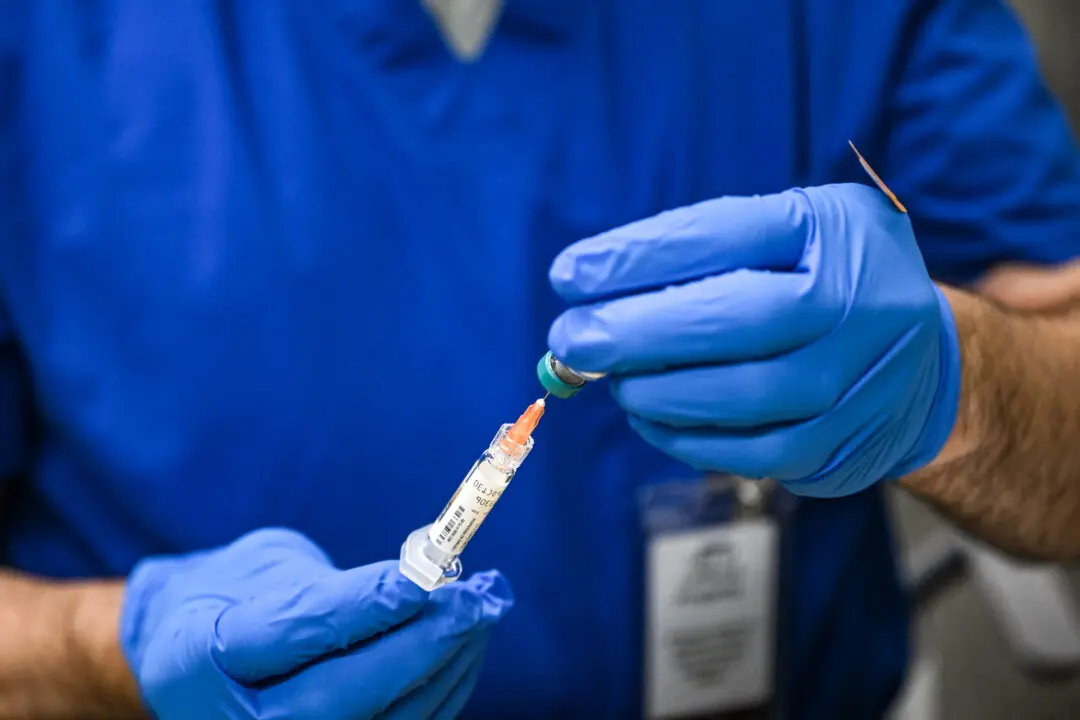A road has been seriously damaged from extreme heat in the Yellowstone National Park, forcing park officials to shut off access.
Firehole Lake Drive’s surface looks like it’s melting from the heat.
Park officials said in a press release that extreme heat from surrounding thermal areas has caused thick oil to bubble to the surface, damaging the blacktop and creating unsafe driving conditions on the popular and scenic road off the Grand Loop Road halfway between Old Faithful and Madison Junction in the park’s Lower Geyser Basin.
The 3.3 mile loop typically takes visitors past Great Fountain Geyser, White Dome Geyser and Firehole Lake.
A date for re-opening the road hasn’t been announced.
The report has helped spark renewed rumors that the Yellowstone caldera, known as the Yellowstone volcano or Yellowstone supervolcano, will erupt sometime soon.
Tom Lupshu, a well-known conspiracy blogger who runs the Bunker Report, just posted a new video that claims the volcano could blow soon. That report as well as the KTVQ report on the road press release was highlighted by conspiracy website Before It’s News. “Update! Road Melts At Yellowstone National Park, Causing Closure!” it said in its usual sensationalist style.
However, the Lupshu video also focuses on scientists saying they’ve discovered the caldera is 2.5 times bigger than previously thought--news that broke in December 2013.
Some alternative news bloggers and websites are notorious for recycling news that is actually from months or even years ago.
The renewed speculation follows a round that blew up in March, after a video was posted of animals allegedly fleeing the park as “an alert” that the volcano was set to blow.
However, that speculation turned out to be wrong.
The last major eruption is thought to have happened around 640,000 years ago and sent ash across the entire North America.
Bob Smith of the University of Utah said researchers are unsure when the supervolcano would erupt again. Two other eruptions happened, one 2.1 million years ago, and the other 1.3 million years ago, Smith said. One theory is that eruptions happen every 700,000 years ago, but Smith said more data is needed to back that theory up.





